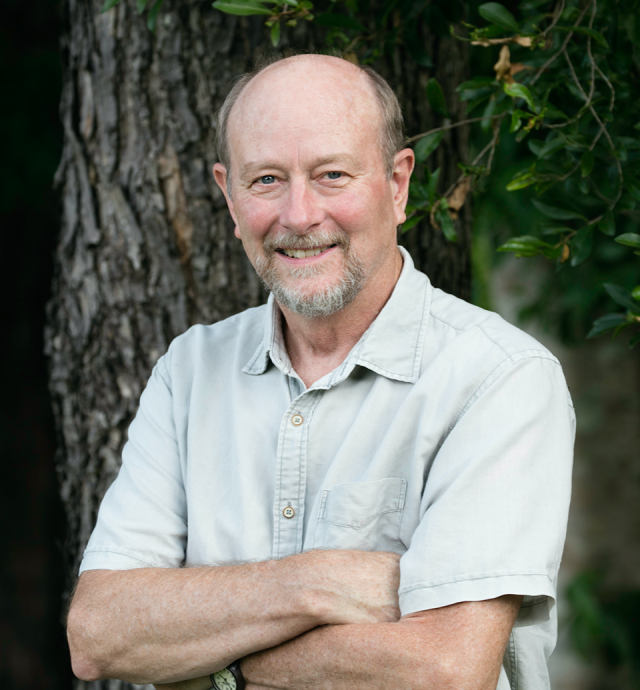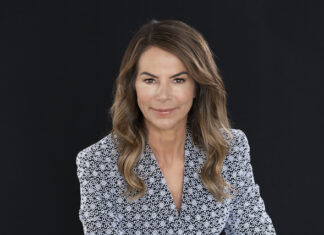Noosa’s glossy tourist brochures show the smiling faces of couples strolling up-market Hastings Street, surfers heading out to catch point breaks via the iconic Noosa National Park boardwalk, and families strolling the parkland lining Gympie Terrace where kids splash in the Noosa River. What could possibly be amiss? For the visitors, nothing. However, residents are being impacted in so many ways that it’s a necessity to involve them in planning management of this destination, their home.
Our previous council formed a Sustainable Tourism Stakeholder Reference Group made up of industry, Council, environment groups, and resident representatives. The purpose of the group was to consider the benefits and impacts of tourism on our local community and to make recommendations to both Noosa Council and Tourism Noosa as appropriate. For 18 months, its 25 members met and debated what might be the best way forward. When the 2020 election was called, the group was disbanded without agreed recommendations. A last-minute request by the Tourism Noosa Chair, asking resident groups to produce a draft accord was taken up, but this was rejected by both the industry and the shire’s peak conservation body.
Along with the new council, Covid-19 arrived, and after lockdown and closed borders, tourism became an intrastate affair; Noosa lost its international and interstate visitors. Tourism Noosa had to pivot from relying on high-value/low-volume, to high-volume/low-value visitors. The ensuing marketing change led to a boom in day visitors, drive-ins and intrastate visitation, and residents found themselves stuck in traffic jams, with infrastructure stress like they only experienced previously from peak holiday periods. At the same time, some of our prime visitor assets, including the Headland Section of Noosa National Park, Teewah Beach between the Noosa River mouth, Double Island Point, and the Upper Noosa River and Cooloola Sandy Patch, were given a chance to recover.
When Covid appeared to be less of a threat, Council put event number caps back to previous levels. State health mandates, which required interstate visitors be restricted to regulations that applied in their own states, went unenforced here. The recent Omicron and subsequent variants have seen a shift from state government oversight to personal responsibility. Since Council stepped back from ensuring that visitors comply with mandates, residents concerned about their health risks had little option but to avoid the tourist precincts.
The New Way Forward
Over two years into the life of the new council, sustainable tourism is being revisited. At the General Meeting, 18 July, Council staff proposed a very basic plan for a Project Control Group (PCG) to formulate a Destination Management Plan. Unfortunately, residents were left out of the mix. We were evidently meant to accept whatever was decided by a PCG comprising: Mayor, Noosa Council (Chairperson); Councillor 1, Noosa Council; Councillor 2, Noosa Council; Chairman, Tourism Noosa; CEO, Earthcheck; CEO, Noosa Council; and Director ESD, Noosa Council. At the same time as this group was proposed, the abandonment of the tourism levy was confirmed in the new budget. This meant all ratepayers are stumping up for Tourism Noosa’s marketing and running costs as well as for tourism infrastructure. All pay and no say!
Fortunately, Cr Stockwell proposed amendments at Thursday’s Ordinary Meeting. These included the important principles that council:
• Establish Governance around the project that embeds a “Whole of Council”, “Whole of Community” approach to the development of the plan.
• Appoint up to three additional community members with relevant community and industry experience as well as qualifications.
• Request the joint internal and external PCG at its first meeting develop a participative approach to the guidance of the plan process. These were passed unanimously.
Councillor representatives on the PCG, apart from the mayor, are to be Crs Lorentson and Stockwell.
Noosa has a proud tourism history. Most of us were regular visitors before we settled here. The industry has built up impressive assets using the natural beauty and savvy planning guidelines that councils over the years have instituted for the benefit of residents and visitors alike. However, the days when tourism was the lifeblood of the shire are fading. This was proven during the peak Covid period when local economic drivers, such as health, services, construction, retail and education kicked in to keep the economy on track. We are in danger of killing the goose that laid the golden egg. As well, we risk stymying an emerging IT industry, which has the potential be world-class.
For residents, giving an industry the run of your town is a pretty sure way to disrupt the fabric of the place we call home. Evidenced-based data needs to guide us going forward. Establishing agreed acceptable visitor numbers for hotspots will be necessary if Noosa wishes to avoid over-tourism, overcrowding and congestion, and to proactively manage a sustainable tourism industry. As part of this assessment of acceptable visitor numbers, consideration should be given to the following:
• A gradual introduction of the management of acceptable visitor numbers in hotspots by using an appropriate mix of methods, and
• A negotiated set of ‘gives and gets’ between Noosa’s tourist, business, resident, and environmental sectors, and Noosa Council.
With the 2032 Brisbane Olympics in the minds of people, it might be wishful thinking to assume we can keep Noosa special. I hope not. With careful planning which involves all sectors of the shire and all the talent we have here, it may just be possible.







